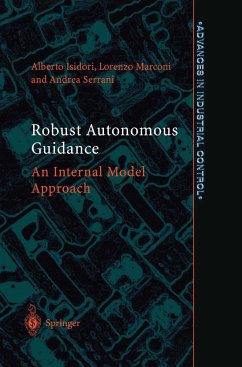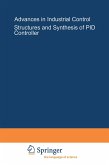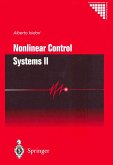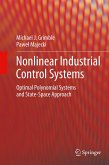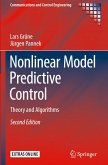Plant control systems are subject to the undesirable influence of exogenous commands and disturbances. To track and reject these the authors have designed a feedback control system based on embedding a model of them within the controller itself - the "internal model".
From a review of the principles of internal-model-based feedback control design, this book moves on to expound recent enhancements to such designs and then to their implementation in systems operating under conditions of great uncertainty.
The case studies presented involve control systems coping with a high degree of nonlinear behaviour. The key issues addressed in each are the design of an adaptive internal model for the specific tracking task and of stabilizing control capable of steering the tracking error to zero while keeping all internal states bounded for any arbitrarily large but bounded envelope of initial data and uncertain parameters. Nested saturated controls form the basis of novel tools for asymptotic analysis and design.
Hinweis: Dieser Artikel kann nur an eine deutsche Lieferadresse ausgeliefert werden.
From a review of the principles of internal-model-based feedback control design, this book moves on to expound recent enhancements to such designs and then to their implementation in systems operating under conditions of great uncertainty.
The case studies presented involve control systems coping with a high degree of nonlinear behaviour. The key issues addressed in each are the design of an adaptive internal model for the specific tracking task and of stabilizing control capable of steering the tracking error to zero while keeping all internal states bounded for any arbitrarily large but bounded envelope of initial data and uncertain parameters. Nested saturated controls form the basis of novel tools for asymptotic analysis and design.
Hinweis: Dieser Artikel kann nur an eine deutsche Lieferadresse ausgeliefert werden.
The book is well organized and well written. Each chapter starts with an introductory section and each case study concludes with simulation results. The book is an excellent combination of theory and real-world applications. Each application not only demonstrates the power of the theoretical results but also is important on its own behalf. This book is a valuable addition to references for academic researchers and industrial engineers working in the field of nonlinear control systems design, in particular, for aerospace guidance systems. The book can also serve as a useful reference for graduate courses in nonlinear control systems. IEEE Control Systems Magazine (October 2004) (Reviewer: Qian Wang)

